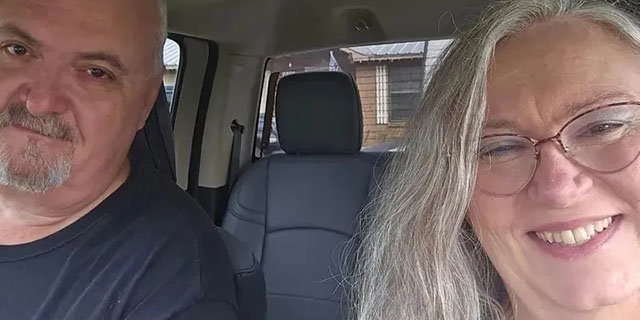Southwest Mississippi girl one of two children to represent Magnolia State at national diabetes conference.
Published 11:11 am Tuesday, May 28, 2019
Mary Blair Johnson may only be 6-years-old, but the Natchez girl said she is going to change the world — and she is going to start in Washington, D.C.
The daughter of Forrest and Julie Johnson, Mary Blair is one of two Mississippi children selected to be a delegate to the 2019 Children’s Congress for the Juvenile Diabetes Research Foundation.
Mary Blair will be meeting with representatives and senators from July 8-10 to tell them how Type 1 Diabetes has transformed her life and the lives of those around her.
Trending
“I got diagnosed when I was 4-years-old,” Mary Blair said. “I got a fever one time, and it got really high. We think that it caused my pancreas to stop working.”
Doctors suspect a virus attacked Mary Blair’s pancreas and slowly shut down the organ that helps regulate the body’s sugar levels, Julie Johnson said.
After the diagnosis in 2017, diabetes has been ever-present in the Johnson family’s lives.
“It was life-changing. It totally rocked our world,” Julie said about the diagnosis and the daily management of the disease. “But we knew that we could do it, and we were going to do it. There was no option.”
Dealing with Type 1 diabetes in a 6-year-old is a challenge.
Insulin shots are a given.
Trending
Most days, Mary Blair gets six insulin shots throughout the day. Julie has to give Mary Blair one or two shots during the school day. To do so, Julie has to go to the school at lunchtime and any other time Mary Blair eats something filled with sugar.
Without insulin, Mary Blair’s body cannot regulate the sugar in her blood.
“If somebody brings donuts to school, I have to give her a shot,” Johnson said.
If a child celebrates a birthday with cupcakes or if the class is having a party, Mary Blair has to make decisions about what she eats and how much.
A cupcake at school means no ice cream from the Malt Shop or no dessert at home.
“We have to make a lot of decisions,” Julie said. “Mary Blair can have things, but it has to be done with close monitoring and in moderation. That is hard to do when you are 6 years old.”
Julie said she is thankful that Mary Blair has wonderful teachers, who help.
“Even still it is an all-day, every day managed kind of thing,” Julie.
One piece of technology that has revolutionized how parents carefully manage their children’s diabetes is the continuous glucose monitor that Mary Blair wears on her arm every day.
The device — which has to be changed every 10 days — emits a signal by Bluetooth to Mary Blair’s iPod, which is then transmitted through the Internet to the cellphones Julie and Forrest keep with them during the day.
Using an app on their phones, the Johnsons can see a graph of Mary Blair’s sugar levels and can begin to anticipate when to act.
“The device is a lifesaver for us, especially when we have fast drops or super high increases,” Julie said. “It can drop within minutes, seconds. It is so fast.”
When levels drop, Mary Blair has to take a glucose tablet or special drink to raise the sugar in her blood back to an acceptable level, Julie said.
Especially at night, when blood sugar levels can spike without notice, Julie keeps her phone close by.
The new technology is one example of the importance of how funding is critical and why Mary Blair is going to Congress, Julie said.
“We are asking for the renewal of the Special Diabetes Program, which funds important research and is set to expire in September,” Julie said. “We are still trying to find a cure, and we need funding for that.”
Devices such as the continuous glucose monitor and the development of an artificial pancreas are just two examples of how funding continues to advance the lives of diabetics, Julie said.
“I can’t even imagine what it was like without (the monitor),” Julie said. “I am surprised more people haven’t died. I know people did die, especially several decades ago, when being diagnosed with Type I diabetes was a death sentence.
These days, Mary Blair and her family are managing her disease, but the Johnsons hope for a day when the 24-hour, 7-days-a-week life with diabetes is over.
By sharing her story and putting a face on the disease, Mary Blair said she hopes that going to Washington, D.C., will not only change her life but also change the world by finally helping find a cure for Type 1 diabetes.





